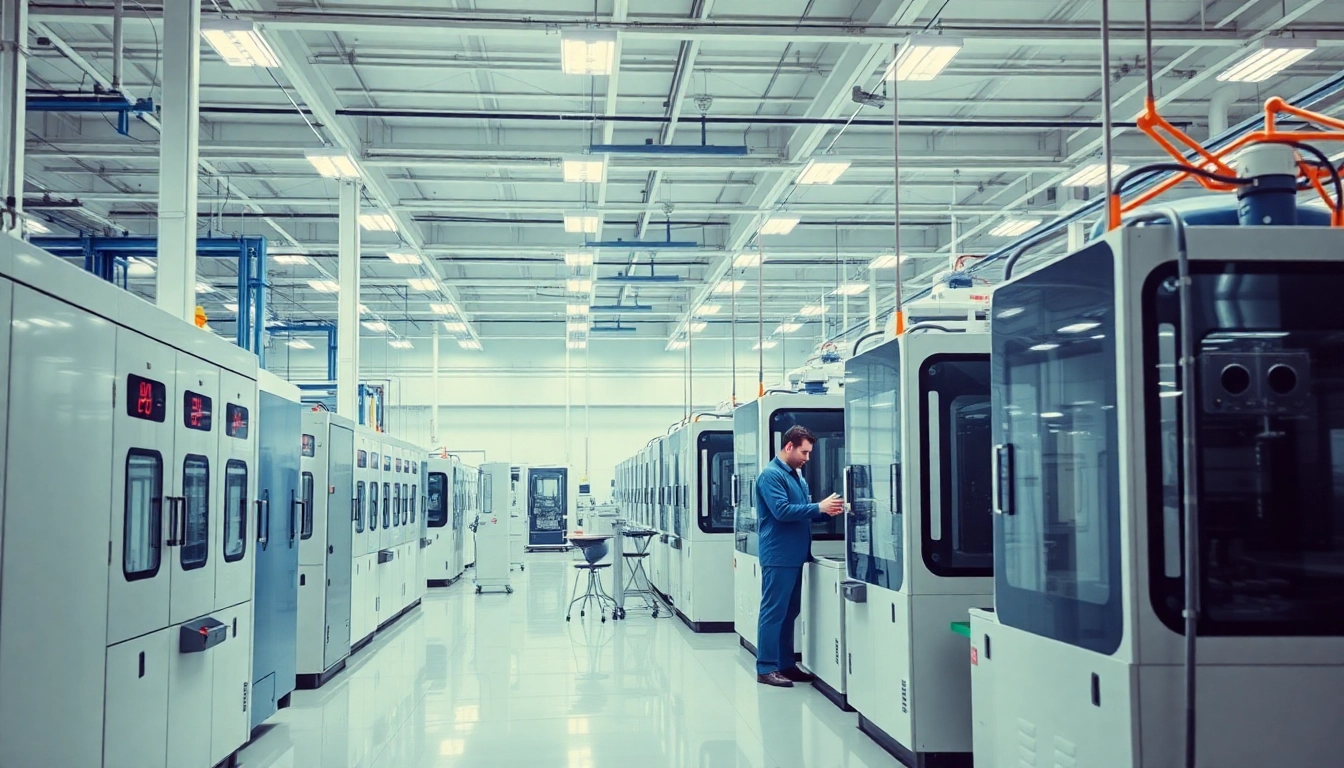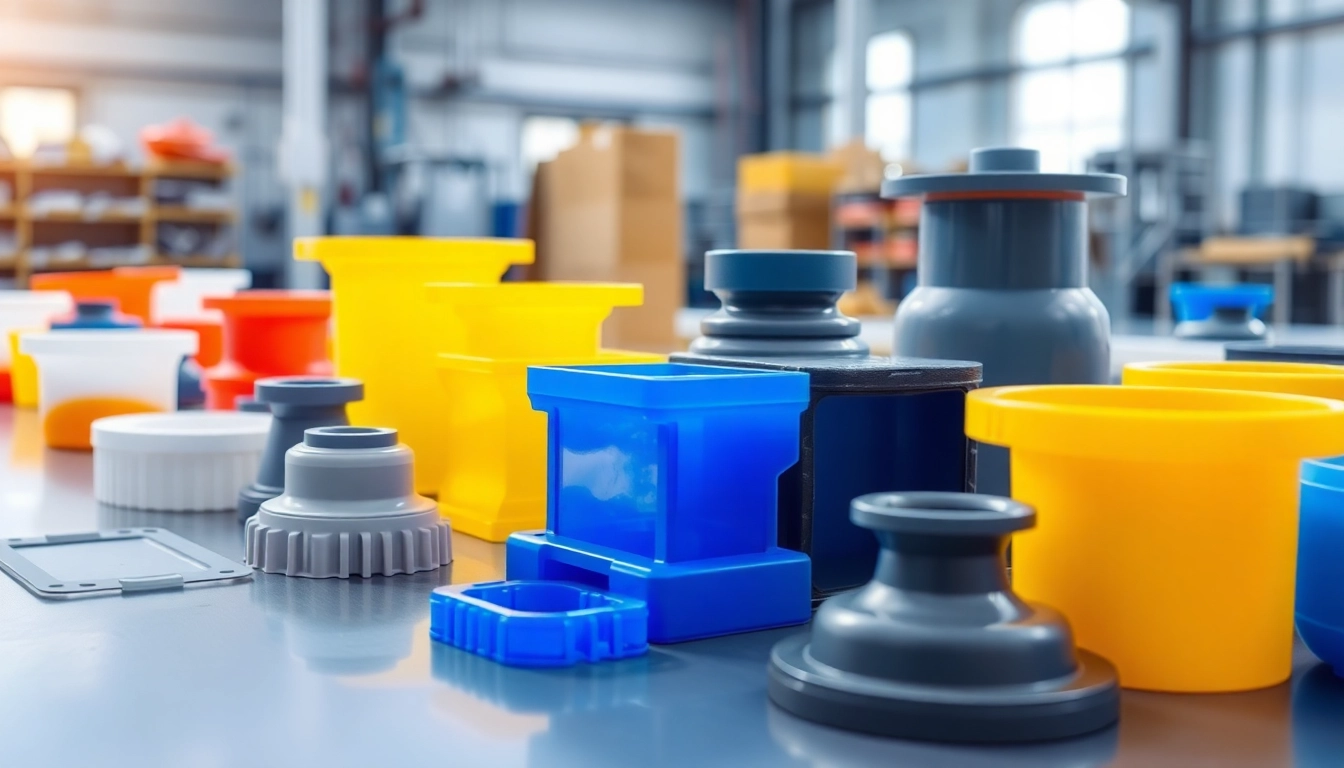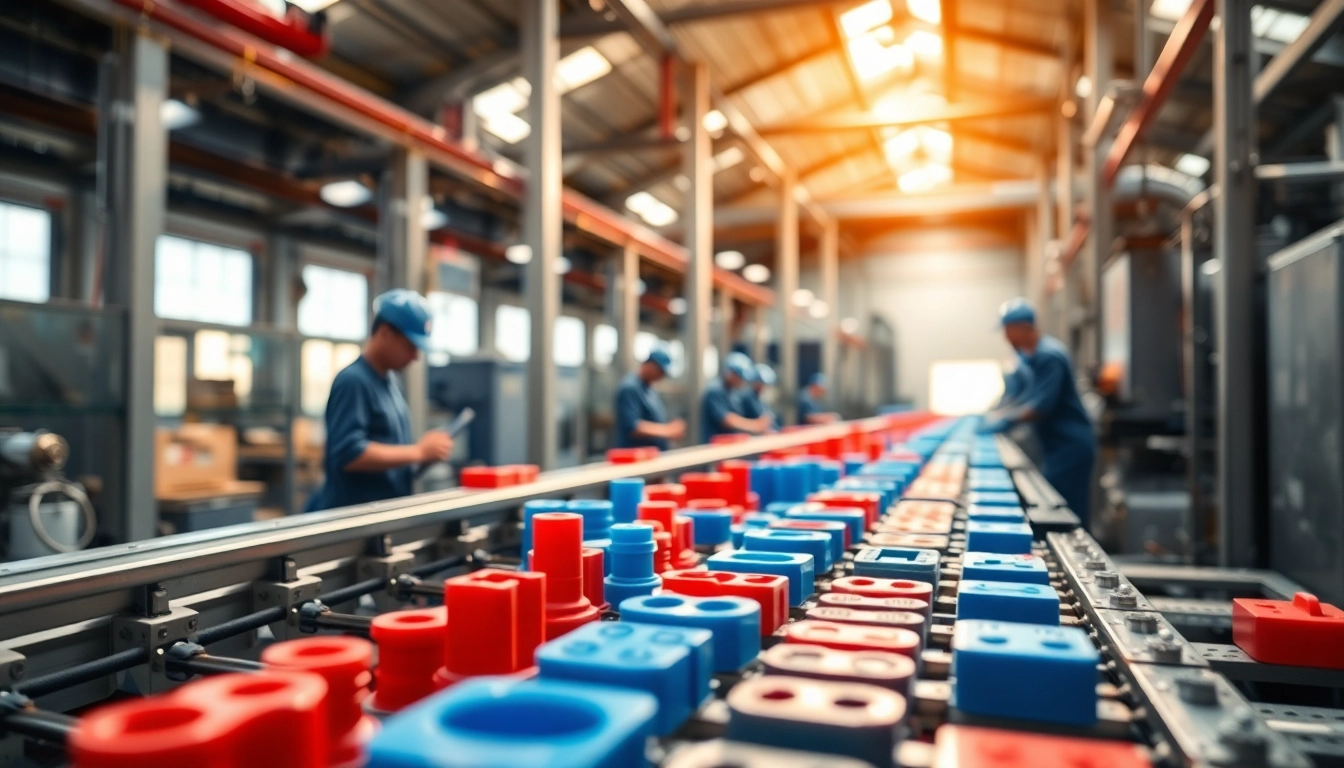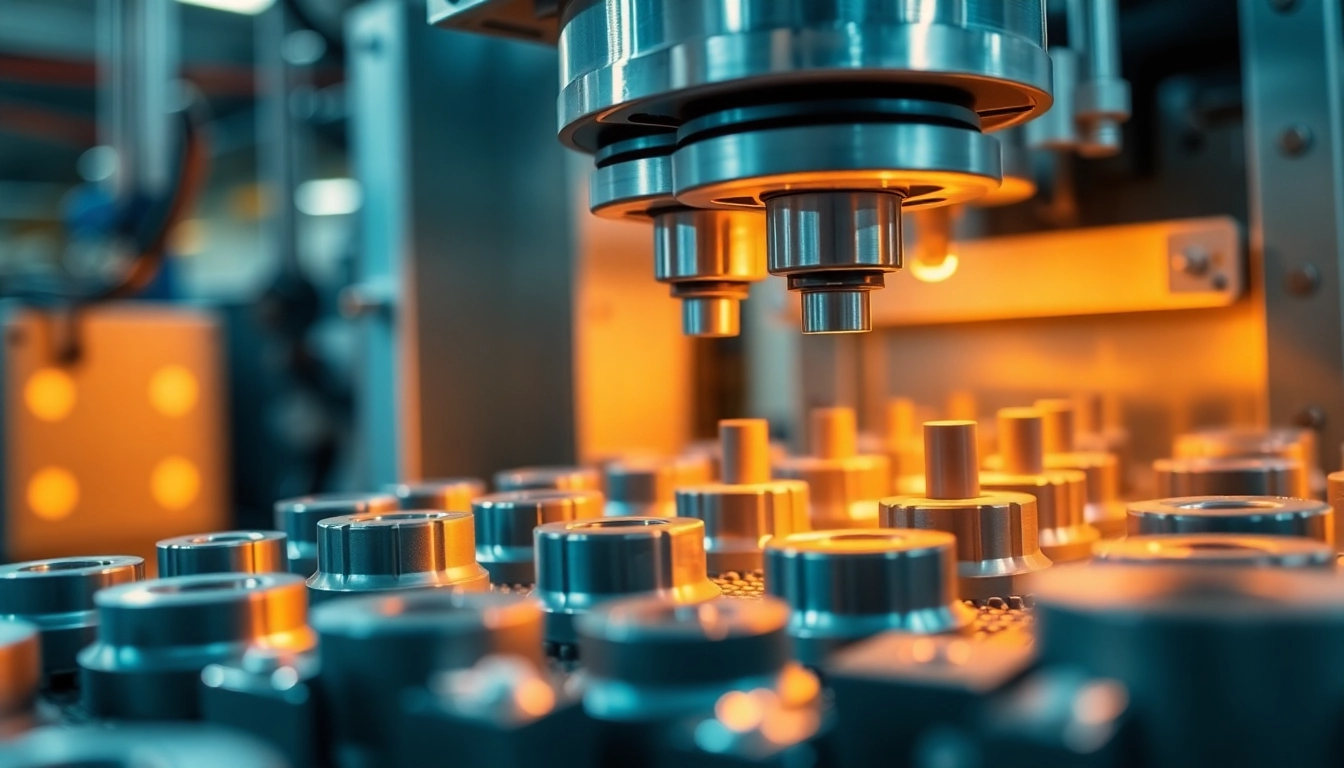Understanding Injection Molding
What is Injection Molding?
Injection molding is a manufacturing process used to produce parts in large volumes. It involves heating materials until they melt, then injecting this molten substance into a mold where it cools and solidifies to form the desired shape. This technique is common in the production of various plastic components, including everything from household items to intricate parts used in automotive and medical applications. Many businesses rely on an injection molding company to leverage their expertise in creating cost-effective and high-quality molded products.
The Benefits of Using an Injection Molding Company
Partnering with a reputable injection molding company can yield several significant advantages:
- Efficiency: Injection molding produces parts quickly, significantly reducing manufacturing time compared to traditional methods.
- Precision: This process allows for remarkable consistency, resulting in parts that meet precise specifications.
- Complex Geometries: Molds can be designed to produce complex shapes that would be difficult or impossible to create using other fabrication methods.
- Cost-Effectiveness: While the initial setup costs can be high for creating molds, the per-part cost decreases significantly with increased production volumes.
- Material Versatility: A wide range of thermoplastics and thermosetting plastics can be used in injection molding, allowing for flexibility in design and application.
Common Applications and Industries Served
Injection molding serves multiple industries, producing a vast array of products. Common applications include:
- Automotive: Components like dashboards, bumpers, and interior panels.
- Consumer Goods: Household items such as containers, toys, and electronic devices.
- Medical Devices: Applications requiring sterile conditions, including syringes and surgical instruments.
- Aerospace: Lightweight and durable components that contribute to fuel efficiency.
- Packaging: Various containers and packaging solutions, aligning with product safety standards.
Choosing the Right Injection Molding Company
Key Factors to Consider
When selecting an injection molding company, it is essential to evaluate several key factors:
- Industry Experience: Look for companies with proven success in your specific industry to ensure they understand your technical requirements.
- Technology and Equipment: Assess if the company uses modern equipment and up-to-date technology that can produce high-quality parts efficiently.
- Scalability: Confirm the company’s ability to scale production as your needs grow, accommodating both small and large orders.
- Location: Proximity can affect shipping times and costs, making it vital to consider local options where possible.
Evaluating Company Credentials and Experience
Reviewing the credentials and experience of an injection molding company is crucial for establishing trust and confidence:
- Look for certifications such as ISO 9001, which indicates adherence to quality management principles.
- Assess the company’s portfolio for examples of past projects relevant to your requirements.
- Examine their production capabilities, including materials used, maximum mold sizes, and available technologies.
Customer Reviews and Testimonials
Customer feedback can offer valuable insights into the reliability of an injection molding company. Seek reviews on independent platforms or case studies published on their website, comparing satisfaction levels and addressing any common concerns.
Injection Molding Processes Explained
Types of Injection Molding Technologies
Several types of injection molding processes exist, each tailored for specific applications:
- Traditional Injection Molding: The most common method for producing parts. It involves a single-shot injection of melted plastic into the mold.
- Injection Blow Molding: Used primarily for hollow plastic parts such as bottles. It combines injection molding and blow molding techniques.
- Multi-Shot Injection Molding: This method allows the combination of different materials or colors in a single mold to create more complex parts.
- Overmolding: Involves molding one material over another to enhance the properties of the final component.
- Insert Molding: This process includes placing metal or other inserts into the mold before injecting plastic, which encapsulates the insert.
Quality Control Measures
Quality control is essential in ensuring that molded products meet strict standards. Businesses should implement measures such as:
- Regular Inspections: Constant monitoring of parts during production to identify defects early.
- Testing Procedures: Conducting tensile tests, impact tests, and dimensional inspections to verify part performance and reliability.
- Feedback Loops: Establishing communication channels with customers for post-delivery feedback to inform continuous improvement.
Steps in the Injection Molding Process
The injection molding process usually follows these key steps:
- Material Preparation: Selecting and preparing the appropriate materials for molding.
- Injection: Heating the plastic and injecting it into the mold under pressure.
- Cooling: Allowing the plastic to cool and solidify within the mold.
- Ejection: Removing the finished part from the mold once it has cooled adequately.
- Finishing: Possible secondary operations may include trimming, painting, or assembly.
Cost Considerations for Injection Molding
Understanding Pricing Structures
When budgeting for injection molding, understanding the pricing structures involved is critical. Typically, costs can be divided into:
- Initial Setup Costs: This includes expenses for mold design and fabrication, which can be significant upfront investments.
- Material Costs: The choice of plastic material can greatly influence overall costs, with some materials being more expensive due to availability and property characteristics.
- Production Overhead: Costs associated with labor, utilities, maintenance, and other ongoing expenses during the production process.
Cost-Saving Tips for Businesses
To optimize production costs, businesses can implement several strategies:
- Choose the Right Materials: Select materials that meet performance requirements while minimizing expenses.
- Optimize Mold Design: Invest in efficient mold design to reduce cycle time and enhance production efficiency.
- Negotiate Long-Term Contracts: Establishing a long-term partnership with an injection molding company may lead to better pricing and reliability.
Value vs. Price: Getting the Best Return
While lower prices can be enticing, the focus should be on value. It’s essential to assess not just the cost but what you receive in terms of quality, service, and support. A higher-quality mold can yield better parts and fewer defects, ultimately saving money over time through lower rework and scrap costs.
Future Trends in Injection Molding
Impact of Technology on Injection Molding Companies
The injection molding industry is rapidly evolving with the advancement of technology. Innovations such as:
- 3D Printing: Providing rapid prototyping capabilities that speed up the design phase and reduce time-to-market.
- Advanced Materials: The development of new polymers allows for greater performance characteristics and adaptability across various applications.
- Simulation Software: These tools can predict potential issues in the manufacturing process, allowing for adjustments before physical production begins.
Sustainable Practices in Injection Molding
As environmental concerns grow, injection molding companies are adopting more sustainable practices:
- Recycled Materials: Using recycled plastics in the production process to reduce waste and environmental footprint.
- Energy Efficiency: Investing in machines that use less energy to dramatically lower operational costs and emissions.
- Reduced Waste: Implementing processes that minimize scrap during production and maximizing the reuse of materials.
The Shift Towards Automation and Smart Manufacturing
Automation is transforming the injection molding landscape. The move toward smart manufacturing not only streamlines processes but enhances productivity and responsiveness to market demands:
- Robotics: Utilization of robots for repetitive tasks such as loading and unloading parts, enhancing efficiency.
- IoT Integration: Machines connected to the Internet of Things (IoT) allow for real-time monitoring, predictive maintenance, and seamless data integration.
- AI and Data Analytics: Employing artificial intelligence to analyze production data helps identify areas for improvement and can optimize the manufacturing process.









Leave a Reply